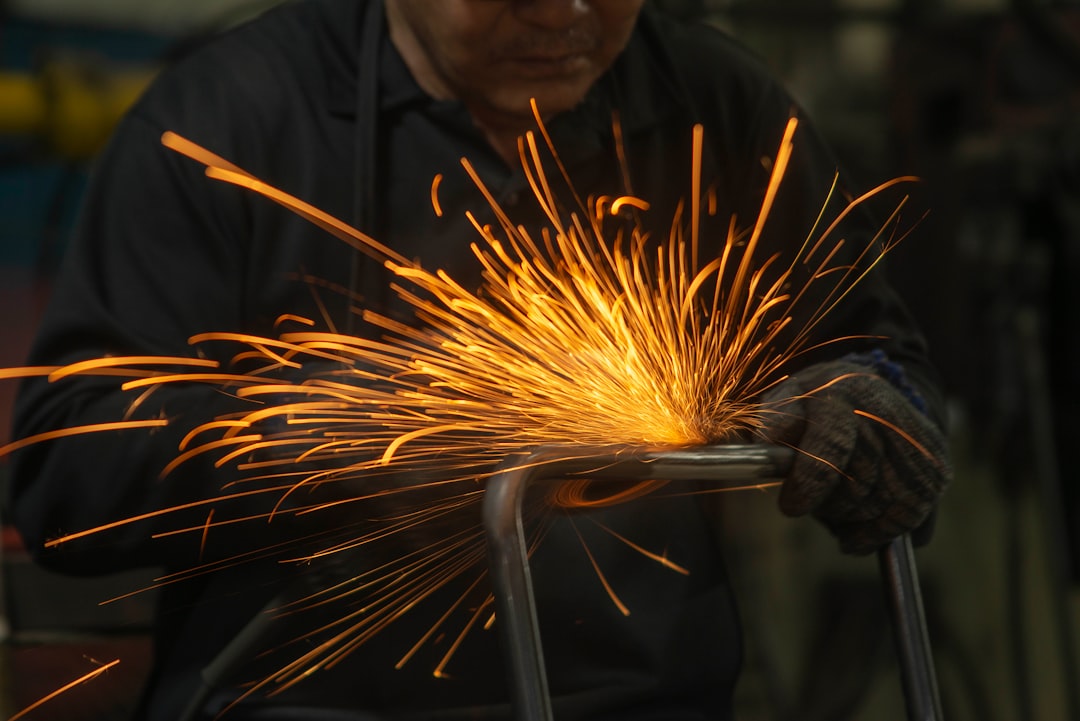Steel, a ubiquitous material in modern construction, demands specialized knowledge for safe and efficient utilization. This comprehensive guide delves into the crucial aspects of steel training for civil engineers, equipping you with the understanding necessary for successful project delivery.
Understanding Steel Material Properties
A foundational element of steel training involves a deep understanding of the material’s properties. This goes beyond simply knowing it’s strong. Civil engineers need to grasp the nuances of different steel grades (e.g., A36, A992, A572), their yield strengths, tensile strengths, and ductility. They must also understand the impact of factors like temperature, corrosion, and welding on these properties. Knowledge of material testing methods, such as tensile testing and impact testing, is crucial for quality control and ensuring the structural integrity of the steel used in projects. Furthermore, understanding the behavior of steel under various loading conditions, including static and dynamic loads, is paramount for accurate design calculations.
Mastering Steel Design Principles
Effective steel design involves applying established codes and standards, such as the American Institute of Steel Construction (AISC) manual and Eurocodes, to ensure structural safety and compliance. Civil engineers require proficiency in analyzing forces and stresses within steel structures using methods like the elastic method, plastic method, and finite element analysis (FEA). This includes designing connections, which are critical points in steel structures where failure is most likely to occur. Understanding different connection types, such as bolted, welded, and riveted connections, and their respective strengths and limitations, is essential. Moreover, engineers must be adept at detailing these connections, ensuring accurate fabrication and assembly on-site. Proper detailing is crucial to avoid costly errors during construction.
Advanced Steel Construction Techniques
Steel construction is far from a simple process; it’s a complex interplay of skilled labor and precise engineering. Training in this area encompasses understanding various construction methods, including erection techniques for different steel members (beams, columns, trusses), the use of specialized equipment (cranes, lifting gear), and safety protocols related to high-altitude work and heavy machinery. Furthermore, it involves familiarity with different welding techniques (e.g., SMAW, GMAW, FCAW), their implications for weld quality and strength, and non-destructive testing (NDT) methods used to ensure weld integrity. Understanding bolt tightening procedures and the importance of proper torque control is also vital to prevent premature failure of bolted connections. Finally, familiarity with modern construction management techniques, including lean construction principles, is crucial for efficient project delivery.
Utilizing Steel Design Software
Modern steel design relies heavily on specialized software. Proficiency in programs like RISA-3D, Tekla Structures, and AutoCAD is essential for efficient analysis and detailing. These programs allow engineers to model complex steel structures, perform structural analysis, and generate detailed fabrication drawings. Training should cover not only the basic operation of these software packages but also the interpretation of results, understanding limitations, and ensuring accurate model representation of the real-world structure. Understanding the intricacies of inputting material properties, boundary conditions, and load cases is crucial to obtaining reliable results. Moreover, effective use of these programs significantly reduces design time and improves accuracy compared to manual calculations.
Staying Updated with Industry Standards and Best Practices
The field of steel construction is constantly evolving, with new materials, techniques, and software emerging regularly. Continuous professional development is crucial for civil engineers working with steel. This involves staying abreast of updated codes and standards, attending industry conferences and workshops, and participating in continuing education programs. Understanding the latest research on steel behavior and innovative construction methods is essential for designing safe, efficient, and sustainable steel structures. Furthermore, networking with other professionals in the field can provide valuable insights and best practices for improving design and construction processes. Active participation in professional organizations, such as the AISC, can provide access to valuable resources and networking opportunities.
In conclusion, comprehensive steel training for civil engineers is a multifaceted endeavor requiring a solid understanding of material properties, design principles, construction techniques, software proficiency, and a commitment to continuous learning. By mastering these aspects, civil engineers can successfully design and oversee the construction of safe, efficient, and sustainable steel structures.
SEO Tags:
- Steel Training Civil Engineers
- Steel Structures Design
- Steel Construction Techniques
- Structural Steel Analysis Software
- AISC Steel Design Manual




